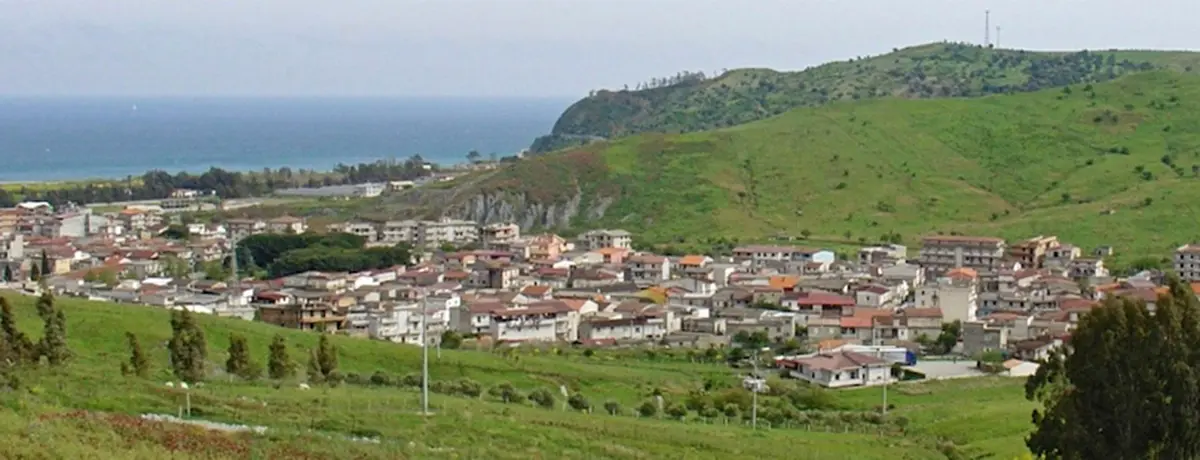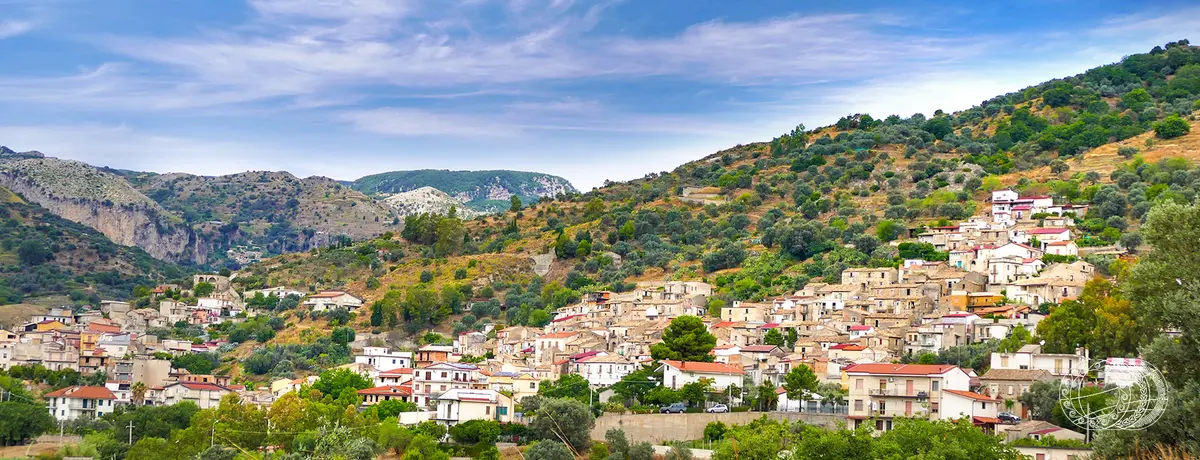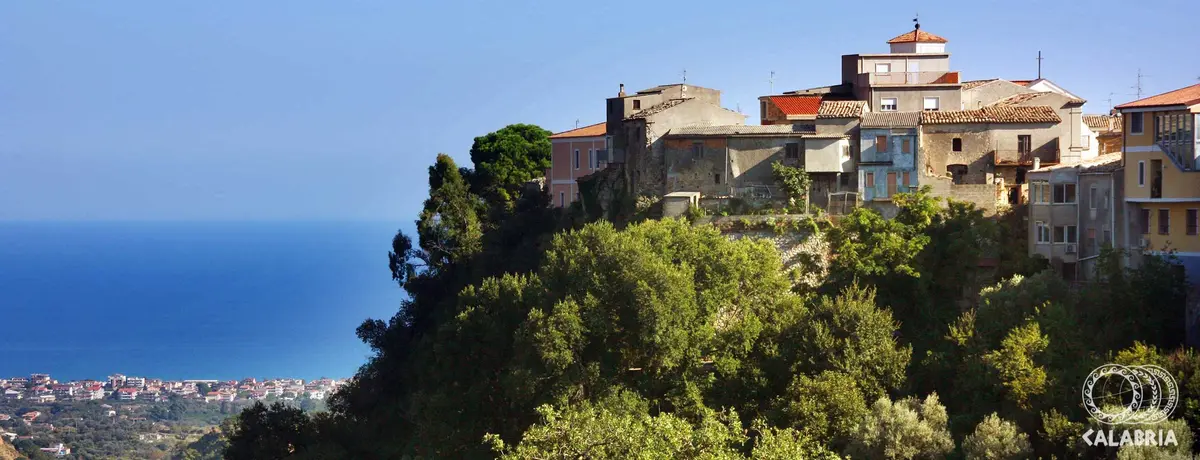Bovalino
The most beautiful sea along the Costa dei Gelsomini

Green flags
Regione Calabria
In Bovalino, the sea takes centre stage! A renowned seaside resort in the province of Reggio Calabria, along the Costa dei Gelsomini, Bovalino town centre and Bovalino Marina await you for a summer holiday that will enchant all your senses: from the intense blue of the sea to the unmistakable scent of citrus groves.
The Bovalino coastline is ideal for those who love a place that offers fun but also the chance to find a quiet corner.
The beach at Bovalino Marina and the entire seafront offer a relaxing stroll along a stretch of unspoilt coastline still bordered by Mediterranean scrub. Beyond the marina, the town of Bovalino (also known as Bovalino Superiore) stands on a panoramic hill that preserves the ruins of the first medieval settlement, known as Guarnaccia Castle (damaged by the 1908 earthquake), and the churches dedicated to Maria SS. della Neve and S. Nicola di Bari. In the historic centre of Bovalino, the "Miracle of the Immaculate Conception" is commemorated on 8 September with a big celebration.
Useful information
What to know about Bovalino
Events
There are 1 events scheduled.
Where to Sleep
There are 9 available accommodations.
Travel Ideas
There are 1 travel ideas.
Infopoint Bovalino
Bovalino
No result







